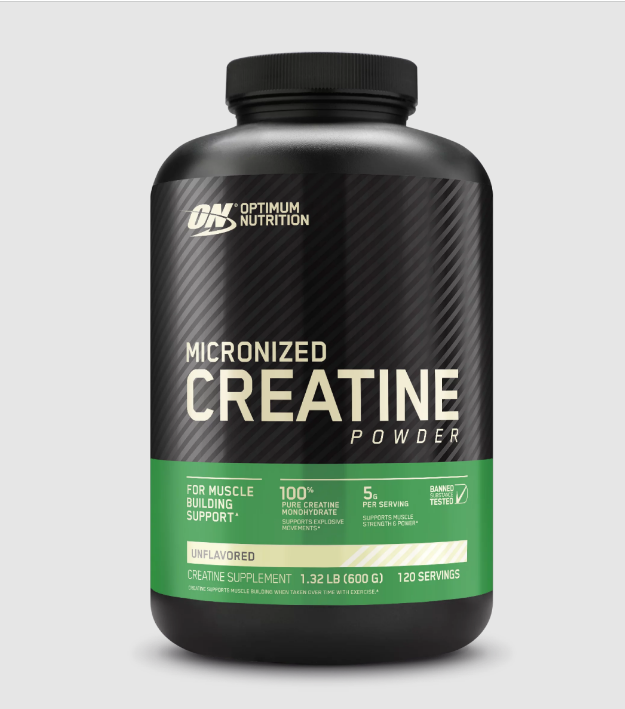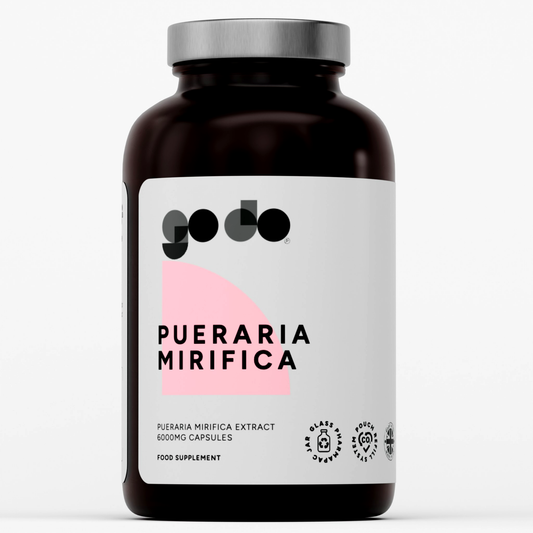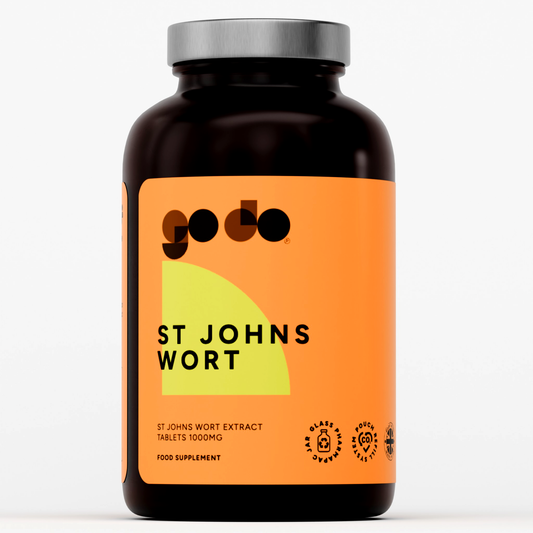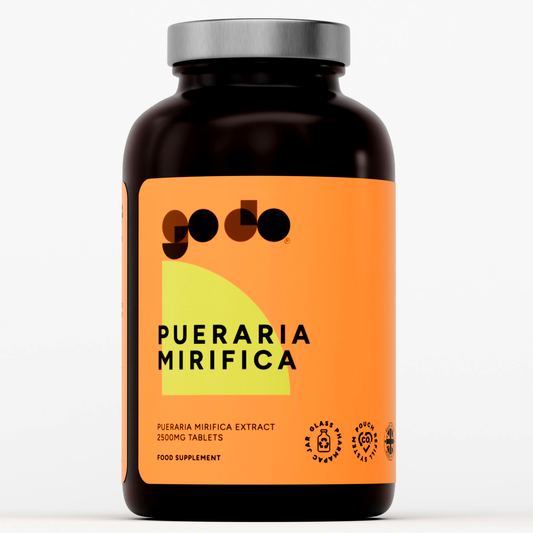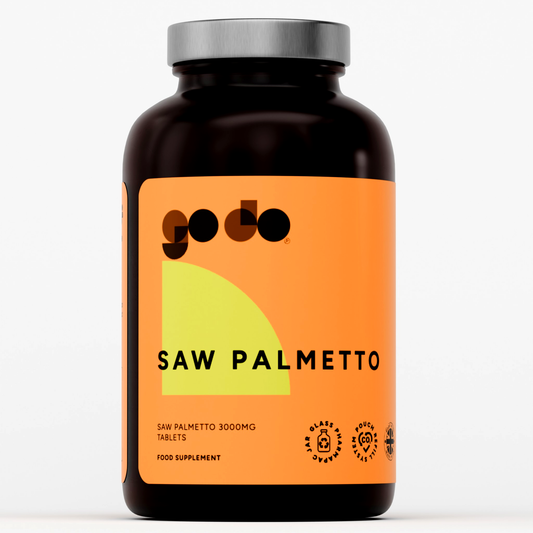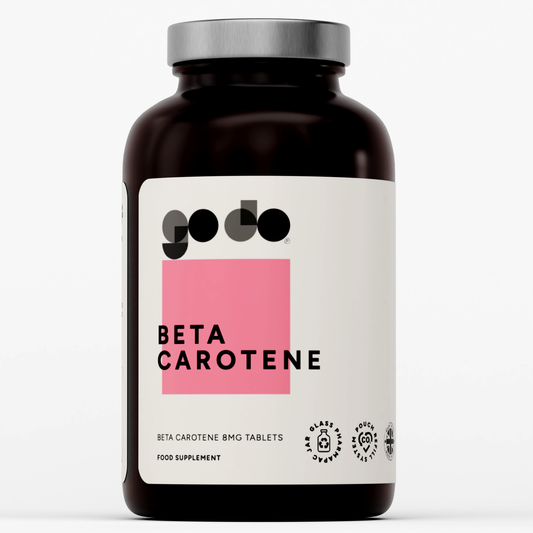The Best Guide on How to Take Creatine Correctly for Optimal Results
Creatine stands as one of the most thoroughly researched and effective supplements available for enhancing physical performance and muscle development. Despite its popularity, confusion persists about proper usage protocols, optimal dosing strategies, and how to maximize its effectiveness. This comprehensive guide breaks down the science-backed methods for taking creatine correctly to achieve optimal results while addressing common misconceptions.

What is Creatine and How Does it Work?
What is Creatine Phosphate and its Role in the Body
Creatine is a naturally occurring compound synthesized primarily in the liver, kidneys, and pancreas from three amino acids: glycine, arginine, and methionine. A substantial portion of the body's creatine is derived from dietary sources and synthesized in the liver and kidneys, with the body producing approximately 1-2 grams daily, while the average diet provides an additional 1-2 grams, primarily from meat and fish. Within muscle cells, creatine combines with phosphate to form creatine phosphate (phosphocreatine), which serves as a rapid energy reserve during high-intensity, short-duration activities.
The phosphocreatine system provides immediate energy by donating phosphate to convert adenosine diphosphate (ADP) back to adenosine triphosphate (ATP)—the primary energy currency of cells. This process enables explosive movements like sprinting, jumping, and heavy lifting by rapidly replenishing ATP during the first 8-10 seconds of intense effort. Beyond its energy-producing role, creatine also enhances cellular hydration, stimulates protein synthesis pathways, and buffers lactic acid accumulation, collectively supporting muscle growth and recovery.
How Creatine Supplementation Works
Supplemental creatine works by saturating muscle stores beyond what diet and natural synthesis provide, offering numerous creatine benefits such as increased strength, muscle mass, and performance during high-intensity exercises. The average 70kg person has approximately 120 grams of total creatine storage capacity, but without supplementation, these stores typically remain 60-80% filled. Supplementation can elevate muscle creatine content by 20-40%, significantly expanding the phosphocreatine energy reservoir available during intense exercise.
This increased creatine saturation translates to practical benefits: enhanced power output during maximal efforts, improved recovery between sets, increased training volume capacity, and greater muscle protein synthesis. Research demonstrates that adequately dosed creatine supplementation typically produces 5-15% improvements in maximal power and strength, along with 1-2kg additional lean mass gains over 4-12 weeks compared to training without supplementation.
Choosing the Right Form of Creatine
Why Creatine Monohydrate is the Most Effective Form
Despite numerous alternative forms on the market, creatine monohydrate remains the gold standard based on scientific evidence. Consisting of a creatine molecule bound to a water molecule, it offers approximately 88% pure creatine by weight. More than 500 peer-reviewed studies support its efficacy and safety, with research spanning over three decades.
Alternative forms like creatine ethyl ester, buffered creatine, liquid creatine, and creatine hydrochloride often claim superior absorption or effectiveness, but consistently fail to outperform monohydrate in controlled studies. For example, a comprehensive comparison in the Journal of the International Society of Sports Nutrition found no advantage in strength or body composition outcomes from these alternative forms despite their premium pricing. Creatine monohydrate's proven track record, established safety profile, and cost-effectiveness make it the optimal choice for most users. Micronized creatine monohydrate—processed to create smaller particles—offers improved mixability while maintaining the benefits of the standard form.

Other Forms of Creatine and Their Differences
While creatine monohydrate is the most popular and well-researched form of creatine, there are other forms available on the market, each with unique characteristics and potential benefits.
- Creatine Citrate: This form of creatine is bound to citric acid, which may improve its solubility and absorption compared to creatine monohydrate. Enhanced solubility can make it easier to mix into liquids, potentially offering a more convenient option for some users.
- Creatine Hydrochloride (HCl): Bound to hydrochloric acid, creatine HCl is known for its superior solubility and absorption. This form requires a smaller dose to achieve similar effects to creatine monohydrate, which can reduce the likelihood of gastrointestinal discomfort.
- Creatine Ethyl Ester: This form is bound to an ethyl ester group, purportedly improving its absorption and bioavailability. However, despite these claims, scientific evidence supporting its superiority over creatine monohydrate is limited.
While these alternative forms of creatine may offer specific benefits, they are not as extensively researched as creatine monohydrate. More studies are needed to fully understand their effects on muscle growth and exercise performance. For most users, creatine monohydrate remains the most reliable and cost-effective option.
Understanding Creatine Intake
How to Determine the Optimal Creatine Dosage
Research consistently demonstrates that 3-5 grams of creatine monohydrate daily is sufficient for maintaining fully saturated muscle stores in most individuals. This typical maintenance dose applies regardless of body weight for average-sized adults, though larger individuals (>90kg) may benefit from the higher end of this range. The timing of this maintenance dose proves largely irrelevant to overall effectiveness—consistency matters more than specific timing.
For individuals seeking more rapid saturation, a loading protocol can be implemented: 20-25 grams daily (divided into 4-5 equal doses) for 5-7 days, followed by the standard maintenance dose. This approach accelerates the saturation process but ultimately achieves the same end result as consistent maintenance dosing over 3-4 weeks. Contrary to supplement industry recommendations, there’s no scientific evidence supporting the need for cycling off creatine, as long-term studies show no adverse effects from continuous use.
The Importance of Consistent Creatine Intake
The primary determiner of creatine effectiveness is maintaining consistently saturated muscle stores through a proper maintenance phase. Daily supplementation ensures optimal intramuscular concentrations, while inconsistent usage leads to gradually declining levels that undermine performance benefits. Research demonstrates that once creatine supplementation stops, muscle stores typically return to baseline within 4-6 weeks, with corresponding decreases in performance advantages.
Contrary to common belief, pre- or post-workout timing has minimal impact on creatine’s effectiveness. The critical factor is maintaining tissue saturation through regular intake. Studies comparing various timing protocols show negligible differences in outcomes when total daily intake remains consistent. For convenience and adherence, many users incorporate creatine into their post-workout nutrition simply as a consistent reminder, though this offers no significant advantage over other timing strategies.
The Creatine Loading Phase
What is the Creatine Loading Phase and How to Do it
The loading phase accelerates muscle creatine saturation through temporarily increased intake. The standard protocol involves consuming 20-25 grams of creatine monohydrate daily, divided into 4-5 equal doses of approximately 5 grams each, for 5-7 days. This approach rapidly saturates muscle stores, typically achieving 10-20% increases in creatine concentration within one week.
For optimal absorption and minimal gastrointestinal discomfort, each dose should be consumed with adequate fluid (8-12 ounces) and preferably alongside carbohydrates. Research indicates that insulin activity enhances cellular creatine uptake, making post-meal timing potentially advantageous. Dividing the daily amount prevents exceeding the intestinal absorption threshold, which can otherwise result in discomfort and wasted supplement as excess creatine is excreted.
Benefits of the Creatine Loading Phase
The primary advantage of loading is accelerated time-to-benefit, achieving in days what otherwise takes weeks. Athletes preparing for competition or individuals beginning time-sensitive training blocks may find this rapid saturation particularly valuable. Studies confirm that loading produces measurable performance improvements within 5-7 days, whereas the gradual approach requires 21-28 days to achieve comparable saturation levels.
However, loading is not essential for long-term results. Research clearly demonstrates that while loading accelerates initial benefits, individuals taking just 3-5 grams daily eventually achieve identical muscle saturation and performance improvements after 3-4 weeks. Loading may increase the likelihood of side effects like water retention, bloating, and gastrointestinal discomfort in sensitive individuals. For those concerned about these effects or prioritizing a more gradual approach, the standard maintenance dose proves equally effective when maintained consistently.
How to Take Creatine for Maximum Benefits
To maximize the benefits of creatine supplementation, it’s crucial to follow best practices for dosing and timing. Here are some tips to help you get the most out of your creatine regimen:
- Daily Dosage: Take 3-5 grams of creatine per day, divided into 2-3 doses. This helps maintain high levels of creatine in your muscles, supporting continuous muscle growth and exercise performance.
- With Carbohydrates: Consuming creatine with a meal or snack that contains carbohydrates can enhance creatine absorption. Carbohydrates increase insulin levels, which facilitates the uptake of creatine into muscle cells.
- Stay Hydrated: Drink plenty of water throughout the day to prevent dehydration and muscle cramps. Adequate hydration is essential for optimal muscle function and recovery.
- Combine with Other Nutrients: Consider taking creatine with other nutrients such as protein, carbohydrates, and healthy fats. This combination supports muscle growth, recovery, and overall performance.
By following these guidelines, you can ensure that your creatine supplementation is as effective as possible, helping you achieve your health and fitness goals.
When to Take Creatine: Before or After a Workout?
The timing of creatine supplementation is a topic of debate, with valid arguments for both pre- and post-workout consumption:
- Before a Workout: Taking creatine before a workout can increase muscle creatine levels, enhancing exercise performance and reducing muscle soreness and fatigue. This can be particularly beneficial for high-intensity interval training and other demanding activities.
- After a Workout: Consuming creatine post-workout can support muscle recovery and growth. It helps replenish muscle creatine stores depleted during exercise, aiding in faster recovery and muscle repair.
Ultimately, the timing of creatine supplementation is a matter of personal preference. Some individuals may find that taking creatine before a workout boosts their performance, while others may prefer the recovery benefits of post-workout supplementation. The key is to maintain consistent daily intake to keep muscle creatine stores saturated.
Should You Take Creatine on Rest Days?
Yes, it’s recommended to take creatine on rest days. Consistent daily intake helps maintain high levels of creatine in your muscles, supporting ongoing muscle growth and recovery. Even on rest days, creatine can reduce muscle soreness and fatigue, ensuring you’re ready for your next workout. Maintaining a steady level of creatine in your body is crucial for optimal performance and muscle development.
Creatine Cycling and Maintenance
How to Cycle Creatine for Maximum Benefits
Despite persistent myths about the necessity of cycling, scientific evidence does not support the need to periodically discontinue creatine supplementation. Multiple studies tracking continuous usage for up to four years show no adverse effects on kidney function, liver health, or hormonal balance in healthy individuals. The body maintains homeostatic mechanisms that effectively manage creatine levels, excreting excess amounts that exceed storage capacity.
For most users, continuous supplementation with 3-5 grams daily represents the optimal approach, maintaining full muscle saturation and consistent performance benefits. If discontinuation occurs for any reason, restarting with a loading phase can rapidly restore muscle saturation. However, simply resuming the maintenance dose will gradually rebuild stores over 3-4 weeks. Rather than arbitrary cycling, adjusting creatine intake based on training phases (potentially increasing during high-intensity periods) offers a more evidence-based approach to periodization.
Combining Creatine with Other Supplements
Creatine works synergistically with several other supplements, including whey protein, potentially enhancing overall effectiveness. Carbohydrates increase insulin activity, which can improve cellular creatine uptake by 60%. Combining 30-50 grams of simple carbohydrates with creatine may enhance absorption, though this effect becomes negligible once muscle saturation is achieved.
Protein supplementation complements creatine’s muscle-building potential by providing the amino acids necessary for new tissue synthesis. The combination may produce greater hypertrophy than either supplement alone. Beta-alanine works through different mechanisms to improve performance in similar activity durations (30-150 seconds), making it a logical addition for athletes seeking comprehensive ergogenic support. However, caffeine might temporarily counteract some of creatine’s acute performance benefits when consumed simultaneously, suggesting separated timing may be optimal.

Combining Creatine with Other Nutrients
Combining creatine with other nutrients can enhance its effects and support overall muscle growth and recovery. Here are some examples:
- Protein: Combining creatine with protein can amplify muscle growth and recovery. Protein provides the essential amino acids necessary for muscle repair and growth, complementing creatine’s benefits.
- Carbohydrates: Pairing creatine with carbohydrates can increase insulin levels, enhancing creatine absorption into muscle cells. This combination is particularly effective post-workout when muscle cells are primed for nutrient uptake.
- Healthy Fats: Including healthy fats in your diet can support overall muscle health and recovery. While fats do not directly impact creatine absorption, they play a crucial role in maintaining a balanced diet and supporting long-term mix creatine.
By combining creatine with these nutrients, you can create a synergistic effect that maximizes muscle growth, recovery, and overall performance.
Why Pair Creatine with Carbohydrates for Better Absorption
Pairing creatine with carbohydrates can significantly enhance its absorption and effectiveness. Here’s why:
- Insulin Response: Insulin is an anabolic hormone that facilitates the entry of creatine into muscle cells. Carbohydrates increase insulin levels, which in turn enhances creatine uptake.
- Enhanced Absorption: Consuming creatine with carbohydrates can improve its absorption, ensuring that more creatine reaches your muscle cells. This can lead to better muscle growth and recovery.
Some examples of carbohydrates that can be paired with creatine include:
- Fruits: Fruits like bananas, apples, and berries are rich in carbohydrates and can help increase insulin levels.
- Sugary Drinks: Drinks like sports drinks and energy drinks can quickly elevate insulin levels, enhancing creatine absorption.
- Sports Drinks: Beverages like Gatorade and Powerade are specifically designed to boost insulin levels and improve nutrient uptake.
While pairing creatine with carbohydrates can enhance absorption, it’s not necessary to consume large amounts of carbohydrates to benefit from creatine. A balanced diet that includes a variety of nutrient-dense foods will support muscle growth and recovery effectively.
Importance of Hydration and Diet
Adequate hydration proves essential when supplementing with creatine to maximize the effects of creatine. The osmotic properties of intracellular creatine draw additional water into muscle cells, increasing cellular hydration status. This beneficial effect, which contributes to creatine’s anabolic properties, necessitates sufficient water intake to prevent dehydration elsewhere in the body. A minimum of 2-3 liters of water daily is recommended during creatine supplementation.
Dietary protein intake should remain sufficient to support the increased training capacity that creatine provides. Research suggests consuming 1.6-2.2 grams of protein per kilogram of body weight daily optimizes the muscle-building potential of resistance training with creatine supplementation. Carbohydrate intake should match activity levels, as creatine enhances performance primarily in glycolytic activities that rely heavily on carbohydrate-derived energy. Vegetarians and vegans may experience more pronounced benefits from supplementation due to their naturally lower baseline creatine levels resulting from minimal dietary intake.
Maximizing Athletic Performance with Creatine
Creatine's performance benefits extend across various athletic domains but prove most significant in activities requiring explosive power, repeated high-intensity efforts, and maximal strength. For strength athletes, creatine typically enables 5-15% improvements in maximal lifts and 10-20% increases in repetitions performed at submaximal loads. For sprint athletes, performance enhancements manifest as 1-5% improvements in sprint times and superior maintenance of velocity during repeated sprints.
To maximize creatine's effectiveness, training should deliberately target the phosphocreatine energy system through high-intensity, short-duration efforts with adequate recovery. Structuring workouts to include multiple sets of 3-10 repetitions with near-maximal loads optimally leverages creatine's ergogenic properties. Periodized training programs that incorporate both strength and power development phases typically demonstrate the most significant improvements from creatine supplementation.
Team sport athletes benefit particularly from creatine's ability to enhance recovery between repeated high-intensity efforts. Studies with soccer, basketball, and hockey players show improved sprint performance, vertical jump height, and power maintenance throughout competitions when supplementing appropriately. For endurance athletes, creatine offers more limited benefits, primarily enhancing sprint finish capability rather than sustained aerobic performance.
Types of Experts to Consult
Before beginning any supplementation regimen, consulting qualified professionals ensures safety and optimization. Sports nutritionists and registered dietitians with specializations in performance nutrition can provide personalized recommendations based on individual training goals, dietary patterns, and medical considerations. Strength and conditioning specialists can help develop training programs that maximize the ergogenic benefits of creatine supplementation through appropriately targeted exercise selection and loading parameters.
For individuals with pre-existing health conditions, particularly kidney or liver issues, physician consultation before creatine use is strongly recommended. While research consistently demonstrates safety in healthy populations, limited data exists for those with compromised organ function. Athletes subject to anti-doping testing should verify supplement purity through third-party testing programs to avoid contamination risks, despite creatine itself being permitted by all major sporting organizations.
In conclusion, creatine monohydrate stands as one of the most effective, well-researched sports supplements available. When taken consistently at appropriate doses—whether through loading followed by maintenance or through steady daily intake—it safely enhances performance across multiple athletic domains while supporting increased muscle mass development. By following evidence-based protocols and maintaining proper hydration and nutrition, individuals can maximize creatine's substantial performance and physiological benefits.
